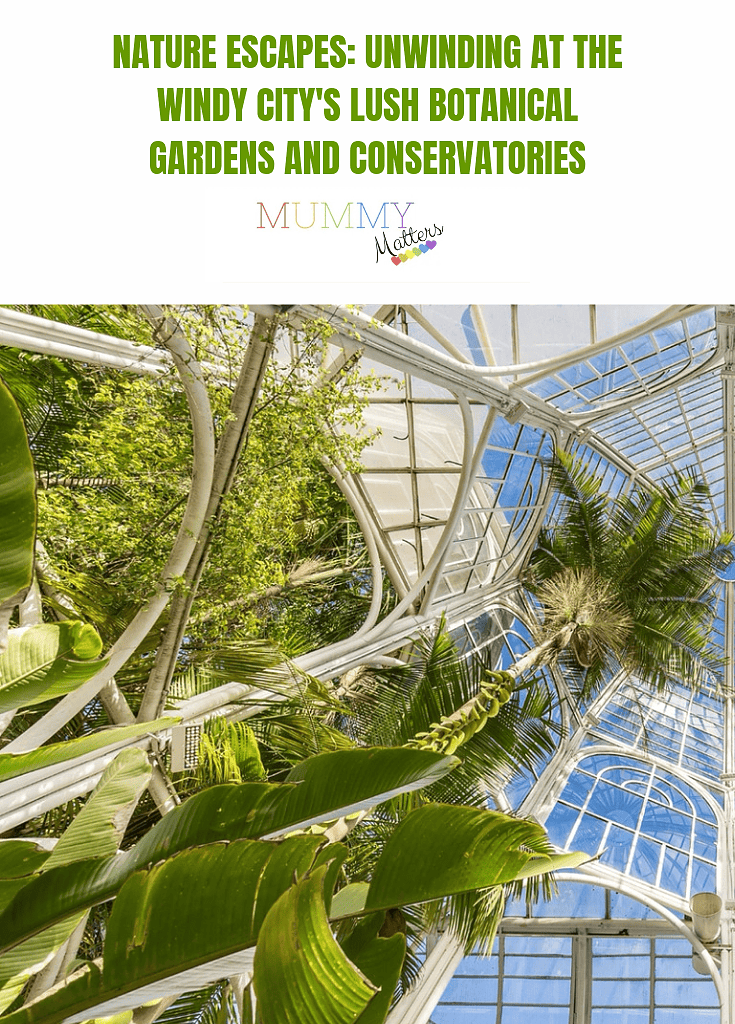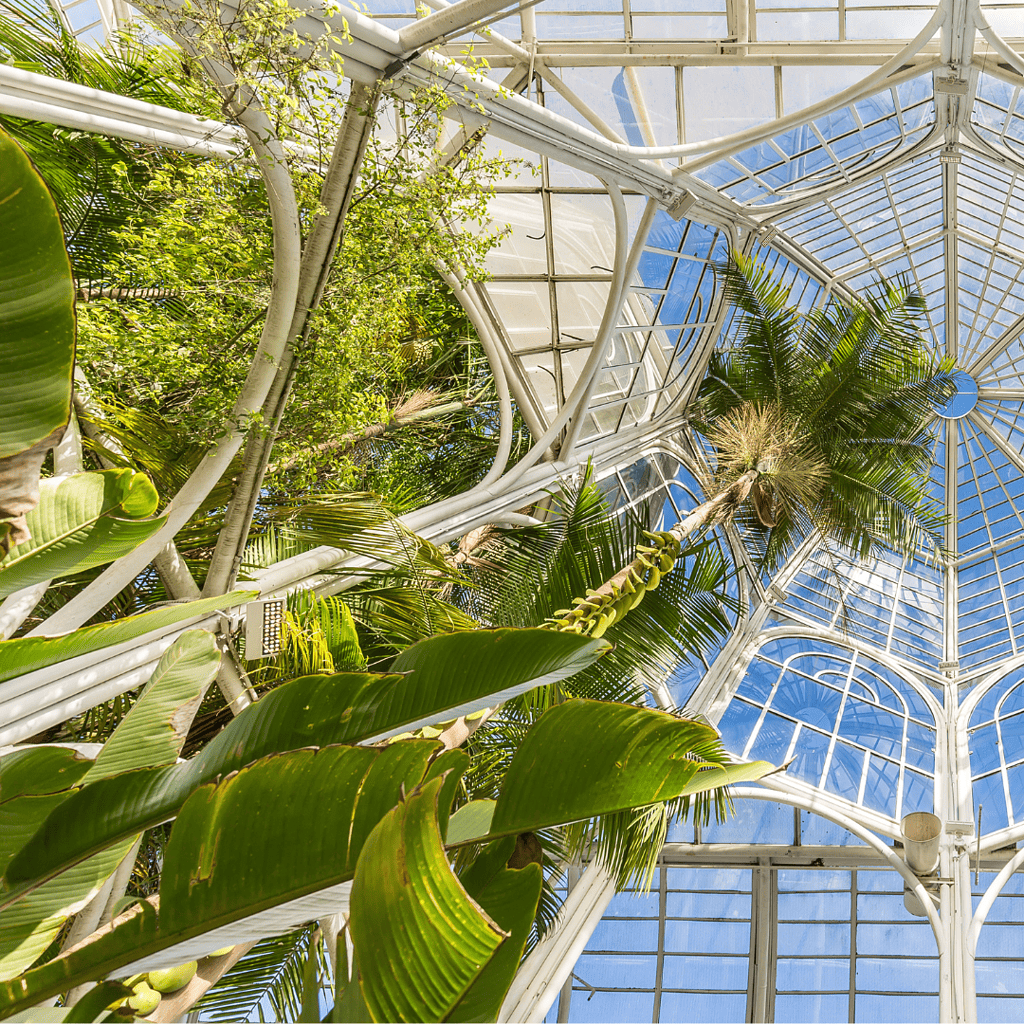In the bustling heart of the Windy City, amid the thrumming vibrancy of skyscrapers and roaring traffic, there lies a precious oasis of tranquillity, a refuge for the weary soul seeking respite from the urban cacophony. The city of Chicago, famously known for its architectural prowess, also hosts some of the most enchanting botanical gardens and conservatories, offering serenity to all who venture through their gates.
These verdant retreats are not only a testament to the city’s commitment to preserving biodiversity but also serve as tranquil havens where one can escape the urban grind, breathe in the fresh air, and soak in the magnificence of Mother Nature.
The Chicago Botanic Garden: An Array of Horticultural Wonders
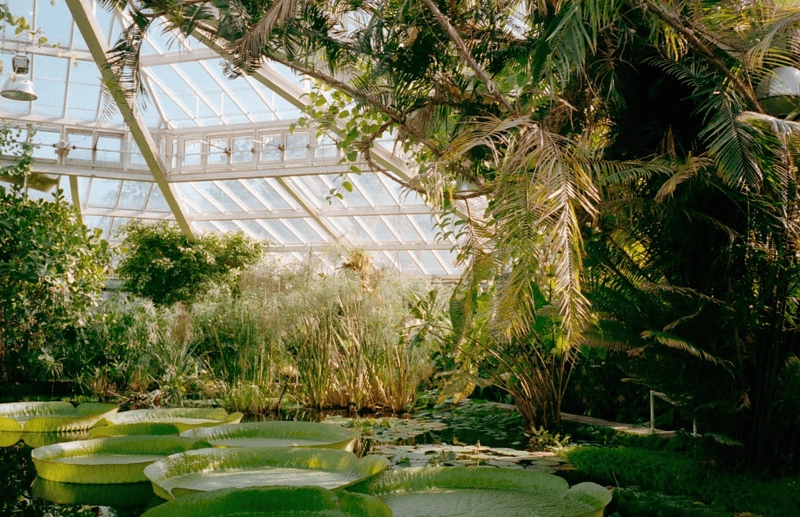
One such sanctuary is the Chicago Botanic Garden. Sprawling over an impressive 385 acres, the garden is a vast tableau of 27 different gardens and four natural areas. Each garden is artfully curated, presenting its visitors with a unique mosaic of colors, scents, and textures.
From the tranquil Japanese Garden, featuring elegant bridges arching over koi-filled ponds, to the English Walled Garden with its charming lattice work and fragrant blooms, the Chicago Botanic Garden explores the world’s most captivating horticultural traditions.
Conservation and Education at the Chicago Botanic Garden
The Garden also boasts a Plant Conservation Science Center. Here, scientists work diligently on preserving threatened plant species, underlining the Garden’s commitment to conservation and education. Regular workshops, seminars, and community programs engage visitors of all ages, fostering a deeper appreciation for the natural world.
Garfield Park Conservatory: A Tropical Escape in the Heart of the City
For a journey into the tropics without leaving the city, the Garfield Park Conservatory is a must-visit. Housed within its stunning Victorian-style glasshouse are thousands of plant species from around the world, an awe-inspiring collection that makes it one of the largest conservatories in the United States. It’s a veritable Eden in the heart of Chicago, divided into several houses, each simulating a different climate and ecosystem.
Exploring the Biodiversity of the Garfield Park Conservatory
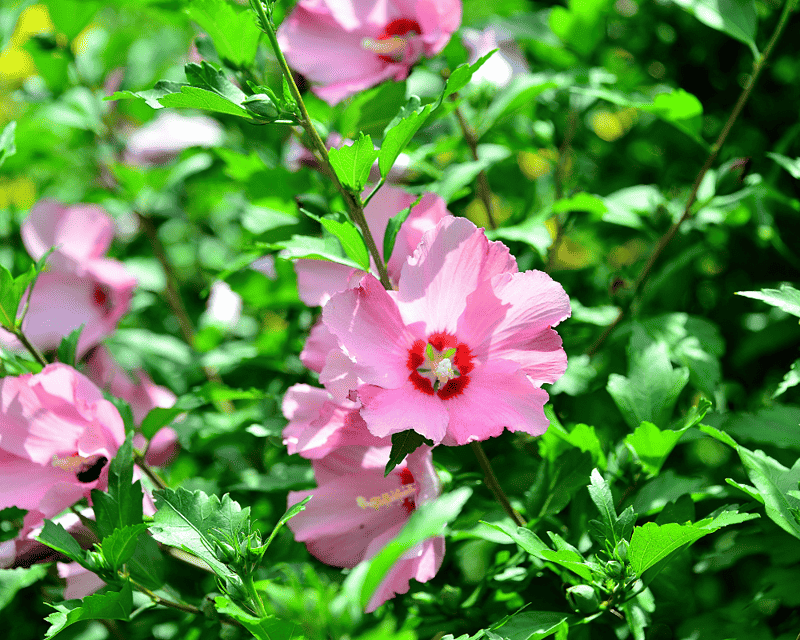
The Fern Room, a visitor favourite, replicates the prehistoric landscapes of Illinois, with primitive ferns reaching skyward amongst the trickling waterfalls and lagoons. The Palm House is a towering cathedral of green, home to a stunning array of tropical palms reaching towards the conservatory’s glass ceiling. The Show House, meanwhile, offers seasonal floral displays, an ever-changing showcase of horticultural creativity and beauty.
Lincoln Park Conservatory: A Historic Oasis of Green
Lincoln Park Conservatory, another jewel in Chicago’s crown, offers a more intimate experience. Built-in the late 19th century, this historic conservatory houses an impressive collection of tropical palms, ancient ferns, and exotic orchids within its Victorian-era glass structure. Its four display halls – the Palm House, Fern Room, Orchid House, and Show House – each hold a distinct array of plants, offering visitors a brief respite in different climates without needing a passport.
Seasonal Delights at the Lincoln Park Conservatory
The conservatory also hosts the city’s annual Winter Flower and Train Show, a festive display of model trains whizzing through a miniature village set amongst a vibrant array of poinsettias, ferns, and cyclamens. It’s a delightful spectacle that warms up the cold Chicago winters, much to the delight of both the young and young at heart.
Lurie Garden: A Serene Blend of Urban and Natural Beauty
Lastly, there’s the Lurie Garden, a 2.5-acre site located at the southern end of Millennium Park. This urban escape is a stunning example of landscape design, seamlessly blending the wild beauty of nature with the urban skyline.
Despite its location in one of the busiest parts of the city, the Lurie Garden offers a peaceful respite, filled with native perennials and a tranquil water feature. It’s a testament to the city’s commitment to creating green spaces that enrich urban life and foster connections to nature.
Engaging Programs at the Lurie Garden
The Garden also hosts a variety of programs throughout the year, including garden tours, horticulture workshops, and even yoga classes amidst the serene greenery. It’s a place to unwind and soak in nature’s beauty and a community space that fosters learning and well-being.
Hyde Park: A Historic Neighborhood
Another remarkable area that celebrates the harmony of nature and urban life is the historic neighbourhood of Hyde Park. Known for its rich cultural and academic heritage, as home to the University of Chicago and numerous architectural landmarks, Hyde Park also offers a wealth of green spaces that provide tranquil retreats from city life. Indeed, the best things to do and see in Chicago’s Hyde Park combine the beauty of nature with the vibrancy of urban culture.
The Vibrant Greenery of Nichols Park
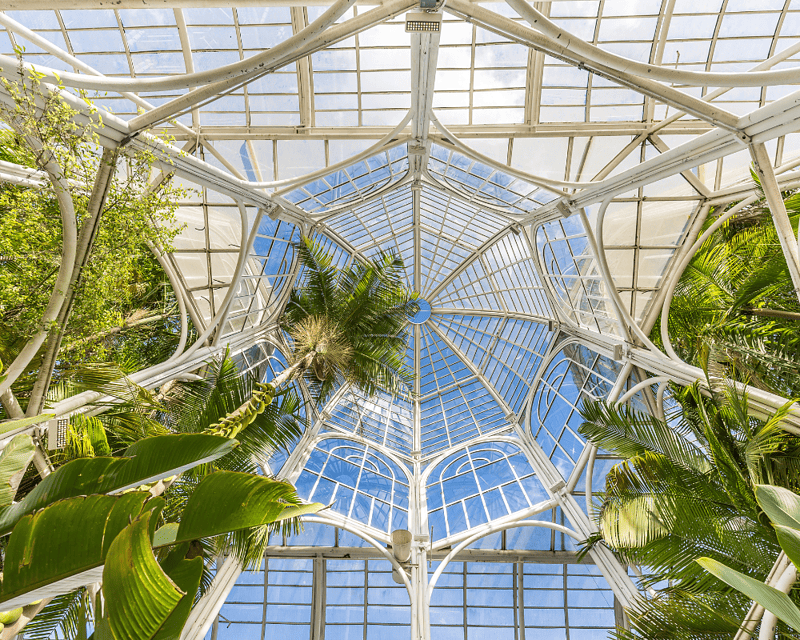
One of Hyde Park’s crown jewels is Nichols Park. This 13-acre park, nestled in the heart of the neighbourhood, boasts diverse flora and fauna. Its beautifully landscaped garden areas, thriving with seasonal blooms, create a vibrant tapestry of color throughout the year. The park also features a lily pond, offering a peaceful backdrop for quiet reflection or leisurely strolls.
Hyde Park’s Tranquil Midway Plaisance
The Midway Plaisance, a mile-long greenway that bisects the neighbourhood, is another notable feature of Hyde Park’s landscape. Conceived as part of the 1893 World’s Columbian Exposition, the Midway is a serene passage connecting Washington and Jackson Parks. With its expansive lawns, tree-lined walkways, and winter ice-skating rink, the Midway Plaisance offers a multifaceted green space where community members can engage with nature throughout the year.
A City Embracing Its Green Side
From the expansive Chicago Botanic Garden to the intimate Lincoln Park Conservatory, from the tropical paradise of the Garfield Park Conservatory to the urban oasis of the Lurie Garden, Chicago’s array of botanical gardens and conservatories offer residents and visitors alike a chance to escape, explore, and be enchanted.
These spaces serve as vibrant reminders of nature’s resilience, captivating beauty, and essential role in our urban lives. As we journey through the verdant pathways of these gardens, we are not just walking through a collection of plants; we are experiencing a city that embraces its green heart, nurturing spaces where nature and humanity can coexist and flourish.
